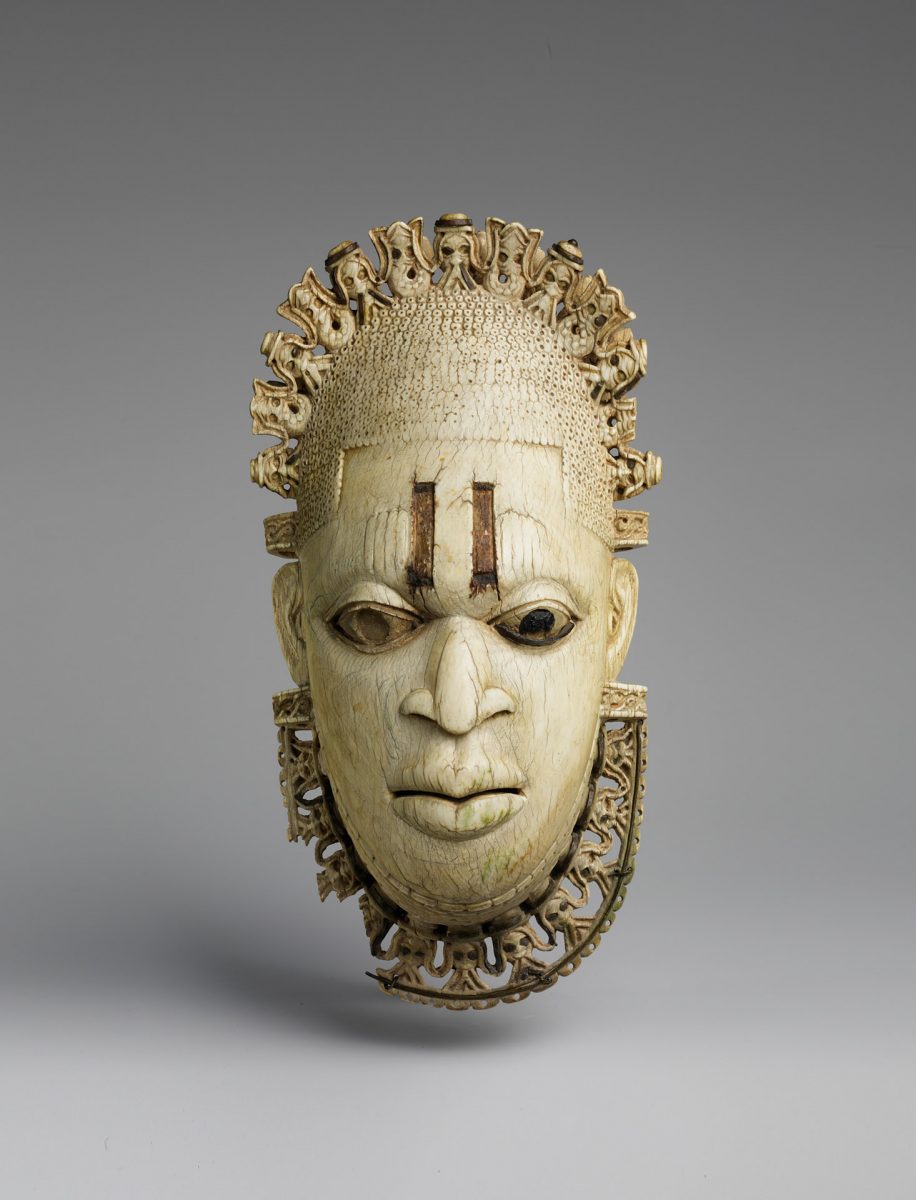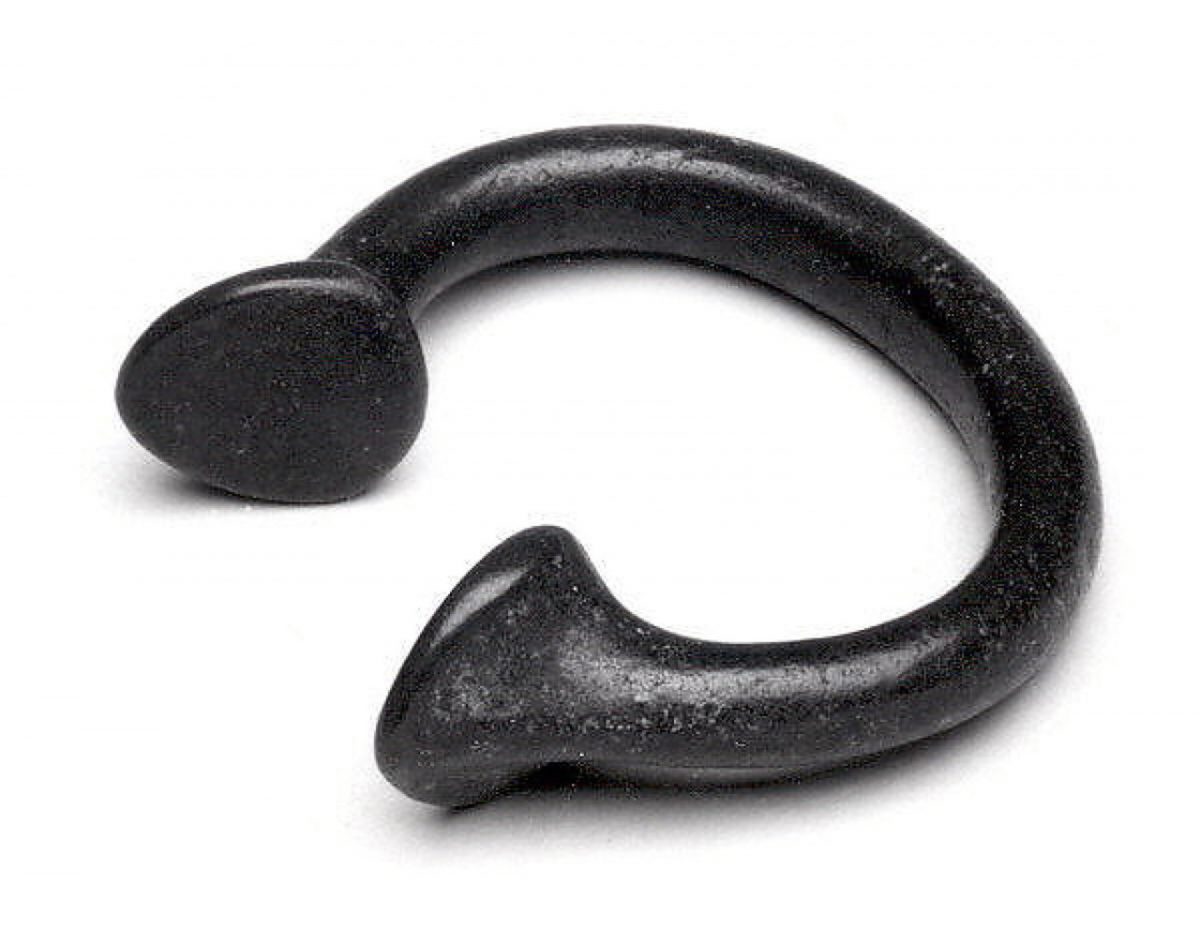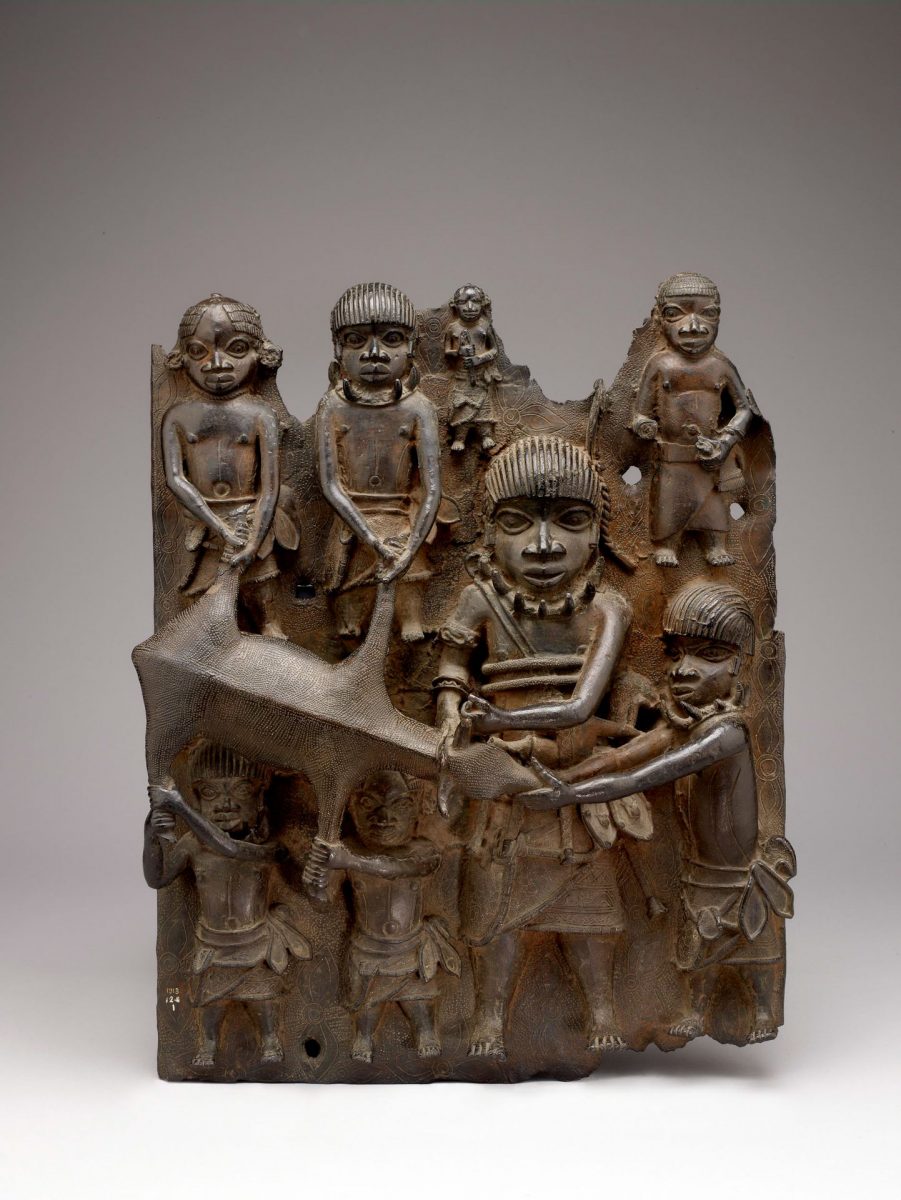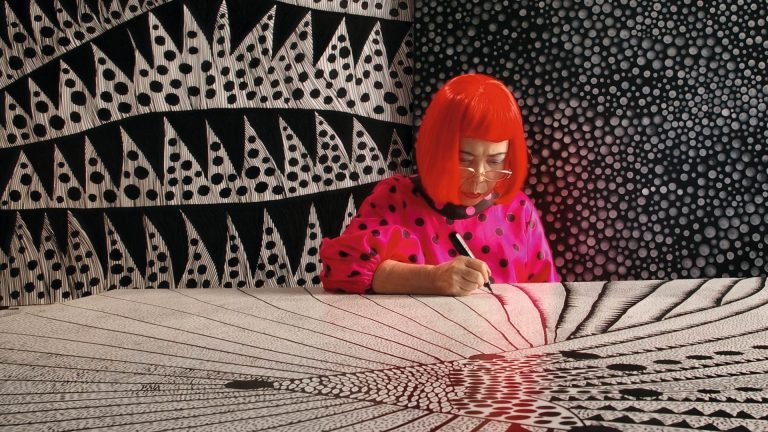Masterpieces created by unknown masters more than 500 years ago tell about the fate of an ancient African kingdom.

Sensation
At the very end of the 19th century, these amazing objects – literally overnight and in thousands at once – hit the European art market and made a splash. Beautiful and technically perfect metal plates with relief images of scenes from some otherworldly life, carved ivory, strange ritual heads, lanterns, figurines of people and animals, and much more – it was a detailed picture of the whole world, a powerful kingdom with a developed cultural and social life, the existence of which few people knew. And what was especially striking for the Europeans of that time was that this world existed in “wild” Africa. Benin bronzes caused a stir at auctions – museums, private collectors, and art dealers sought to get them. The director of the Berlin Ethnological Museum, Felix von Luschan, would later write: “Neither Benvenuto Cellini himself, nor anyone before him or after him, could have done better. Technically, these bronzes represent the pinnacle of perfection.”

Nigerian brass
The concept of “Benin bronzes” is rather arbitrary, since it combines about 4,000 very different items – from brass (not bronze!), ivory, wood, leather and corals. They were created around the 16th-17th centuries, but not where modern Benin is located, but nearby – in the territory that now belongs to the Nigerian state of Edo. The confusion with the names is a reminder of the times when the Europeans turned the Bay of Benin into the Slave Coast, and then completely divided the continent into their colonies. The meeting with the Europeans first brought good luck and prosperity to the kingdom of Benin, and then a complete collapse. About 500 years passed between these two events. And the Benin bronzes, in addition to their high aesthetic and artistic value, became a rich chronicle of the ancient kingdom of the Bini (or Edo) people during its heyday. They say little about the people themselves, but they give a detailed picture of the life of the second dynasty of the kings of Benin, which was founded in the 13th century and, surprisingly, still exists today. Successive kings – both – gradually rebuilt the main (and only) city of their state, known today as Benin City. The center of it and the whole kingdom was a huge palace complex. The first description of it at the beginning of the 17th century was left by the Dutch traveler Olfert Dapper: “The palace, as large as the city of Haarlem, is completely protected by a wall. It is divided into many magnificent stucco rooms where the courtiers live. It has beautiful courtyards with long galleries the size of the stock exchange in Amsterdam.” According to Dapper, the wooden supports of the roof and walls of the palace were decorated with thousands of brass relief plates depicting both and their courtiers during military exploits and religious ceremonies.

Golden age
Unfortunately, it is now impossible to restore the chronology of certain events depicted on the plates and to identify the characters. But it can be said with certainty that most of them belong to the period that began with Oba Esigi, who was enthroned around 1504 and reigned for almost half a century. During these years, the kingdom’s borders expanded significantly due to successful wars with neighbors and thanks to trade relations with Portugal that arose during the Age of Discovery. It was a mutually beneficial collaboration. Benin managed to establish complete control over the region’s trade with foreigners for 500 years.
The Portuguese, who then played a decisive role in world trade, founded their trading posts on the coast of the Gulf of Benin and exported ivory, pepper, palm oil, cotton to Europe and live goods to Brazil. Prior to this, the rulers of Benin had not particularly sinned in the slave trade. But the deal turned out to be very profitable, and both energetically joined the process, supplying the newcomers with their captives and slaves, whom they received in the form of tribute from the local leaders they had conquered. In exchange, they took corals and copper bracelets, absolutely necessary for royal vestments – manillas. Having fulfilled the role of currency, weighty manillas became raw materials for the production of brass, the main material for ritual and decorative items in the oba palace. As far back as the 10th century, Benin craftsmen mastered the technique of casting brass, but local copper reserves were not enough for a real royal scale. Now that the deficit has been dealt with, they have full scope for creativity. Apparently, from the 16th to the 18th century, they managed to hang the entire palace with their works, which, several centuries later, will amaze the Western world with perfection.
The Kingdom of Benin had a complex hierarchical system centered on the palace, most of the tasks of maintaining the life of which ranged from managing the ruler’s many wives and regalia, acrobats, leopard hunters and storytellers to artisans (casters, ivory and wood carvers or coral weavers). beads), engaged in decoration, were divided between guilds, the activities of which were controlled by both.
The casters, the most respected guild in this structure, produced many items for religious ceremonies and altars: commemorative sculpted heads of ancestors, musical instruments, figurines, lanterns, ornate staffs and other regalia for members of the royal court.
But the most impressive are brass reliefs (ama), which illustrate important events in the history of the kingdom, customs, religious rituals, military exploits, clothes of the king and his entourage. All these pictures were created with one goal: to glorify the divine both and strengthen his sacred power. Therefore, they contain many images of courtiers bringing gifts, warriors who defended the kingdom, scenes of sacrifice to the glory of the ruler, both themselves and their totem animals – leopards, crocodiles, predatory eagles, marsh fish, monkeys, elephants.
Since the reliefs were created during the brass boom, you can often see the Portuguese in them – with pointed noses, beards and in strange clothes. The portraits of these strangers served as something of a fetish, a guarantee of royal well-being and wealth.
If the reliefs were intended to glorify the living ruler, then the brass heads (uhuv-elao) served as a tribute to the memory of the deceased oba. The head, cast immediately after his death, was crowned with an elephant tusk with very skillful carvings and placed on the altar. You should not look for a portrait resemblance in these monuments: for the subjects, both were not so much a secular ruler as a deity, a connection with higher powers. And of course, he could only be a man. However, among these memorial heads there are several female ones. They immortalized the Benin queen mother Idia, whose cult was introduced in the 16th century by both Esigi. Possessing magical powers, Idia provided her son with success in all his accomplishments.

Kingdom fall
By the 19th century, the kingdom of Benin had fallen into complete decline. He no longer had the strength to fight off his neighbors. The slave trade was condemned and abolished by almost all countries, Portugal lost its former power, and the monopoly on trade, which continued to be used by the not at all rich, but still independent and daring both, greatly annoyed the British colonialists. They solved the problem by force. In 1897, a British punitive expedition of 1,500 soldiers simply destroyed the kingdom. Many Beninians died, both Ovonramwen were captured and sent into exile, and his palace was burned and plundered. Some of the items of palace decoration went to the expedition members, the rest were transported to the metropolis. Some of the works were given to Queen Victoria and the British Museum, many others were sold at auction to pay for the costs of the Benin expedition.
In 1914, when the deposed man died in exile, the British authorities allowed his son to restore the monarchy. There was no talk of a full-fledged kingdom, everything was limited to external signs – the construction of a palace and the return of magnificent rituals. By the way, they are still observed in Benin City, the administrative center of the Nigerian state of Edo, not much different from those depicted on 500-year-old brass plates.
The next Oba, Akenzua II, in 1936 was the first to speak of the return to Nigeria of the Benin bronzes, which for the Edo people symbolize the sacred power of their ancestors. During his lifetime, only two coral crowns and a robe of coral beads, which belonged to his grandfather Ovonramwen, were returned. They were handed over by the son of one of the participants in the punitive expedition.

The wind of change
In the 1950s and 1970s, Nigeria bought about 50 brass plaques from the British Museum, which museum experts mistakenly considered to be duplicates. Since then, she has been constantly asking for the return of other valuables. Benin bronzes are still scattered around the world – they are owned by about 160 museums and collectors (Pablo Picasso was once among them) in Europe and North America. The largest collections are in the British Museum (up to 1000 items) and the Ethnological Museum in Berlin – about 520 items, of which 440 were bought at the odious British sales.
But the political climate has recently changed radically, the countries – the heirs of the former colonial powers are striving to atone for the offended peoples, and the process of restitution of the Benin bronzes has clearly started off the ground. A group of representatives of European museums is actively working to discuss the legal conditions for the transfer. Some, without waiting for official agreements, have already begun to gradually part with exhibits from their collections.
In November 2021, the Smithsonian African Art Museum in Washington DC promised to donate 21 items at once, and they have already been removed from the exhibition. A little earlier, the University of Aberdeen returned one of the brass heads, and the Cambridge College of Jesus – a sculpture of a rooster. Three more items (out of 163) promised to return the Metropolitan Museum of Art. But all these are trifles compared to Germany: in the spring, the return of about 1,100 Benin bronzes from 11 German museums will begin – in Berlin, Stuttgart, Cologne, Leipzig, Hamburg and other cities.

Advice
If you want to have time to get acquainted with the Benin bronzes before they return to their historical homeland, go to the British Museum. Its leadership is not yet in a hurry with restitution, but who knows how much longer it will be able to resist the general trend.
You can go to St. Petersburg: the African section of the Kunstkamera exhibits the only collection of Beninese art in Russia, donated to the museum by Professor Hans Meyer of the University of Leipzig in 1900. Or just wait until 2025 for the Edo Museum of West African Art to open in Benin City. It is built specifically to house the returned treasures.
Photo: The Trustees of the British Museum




